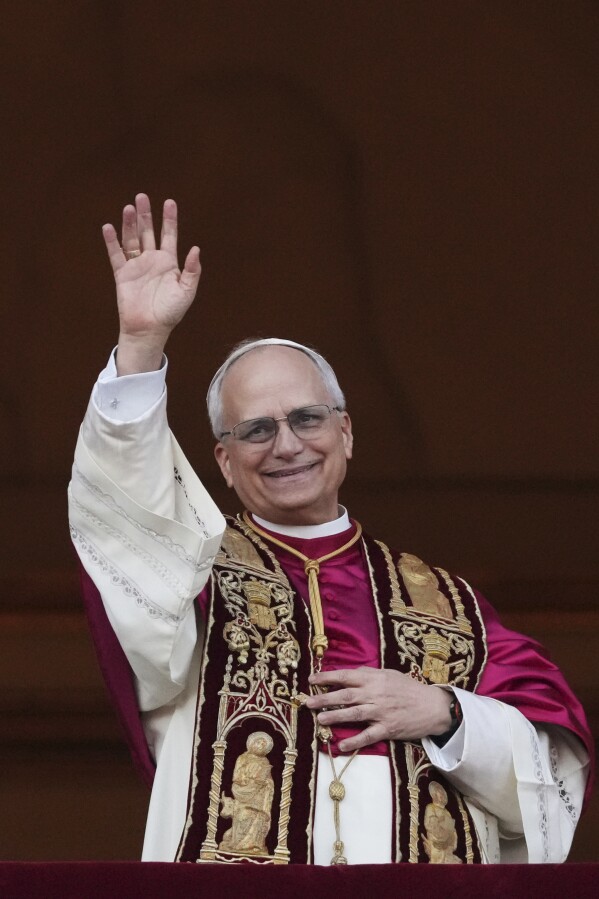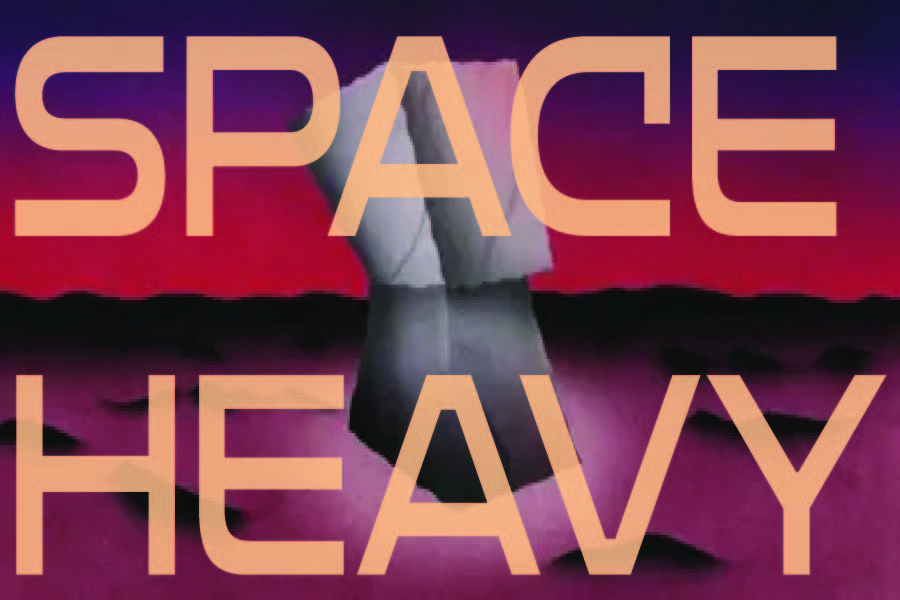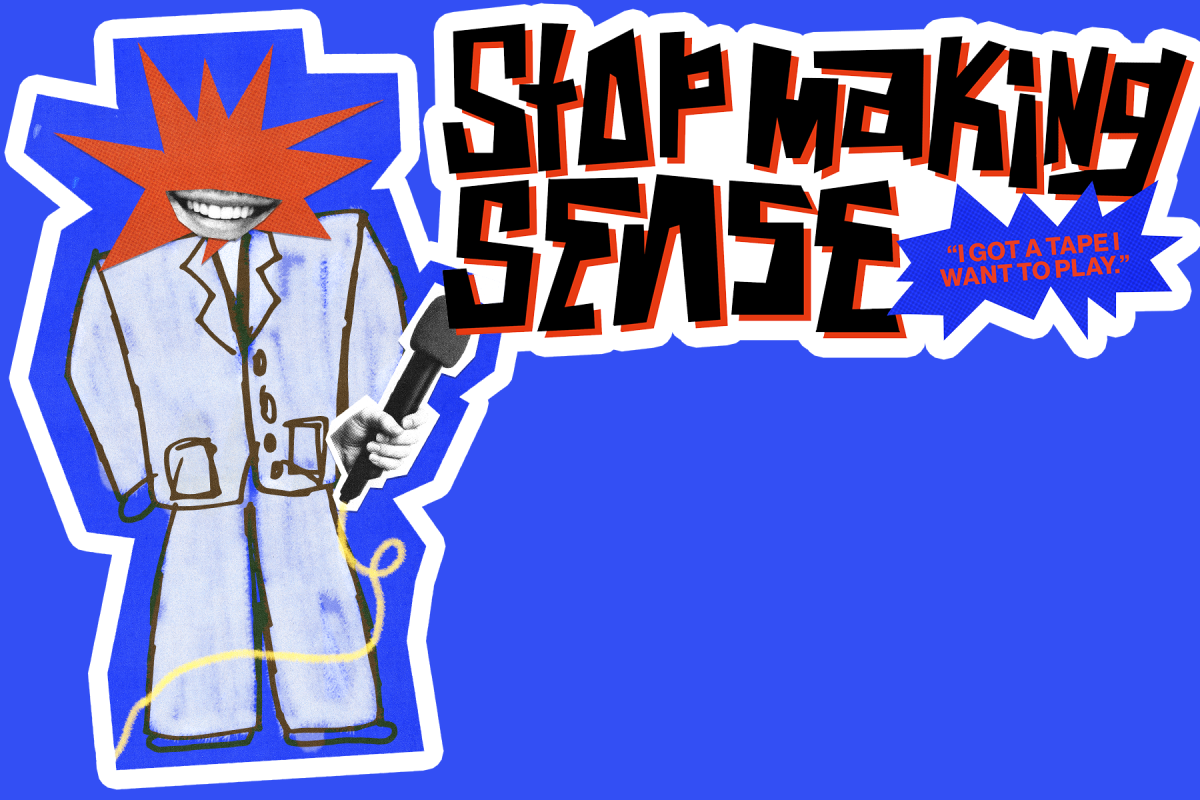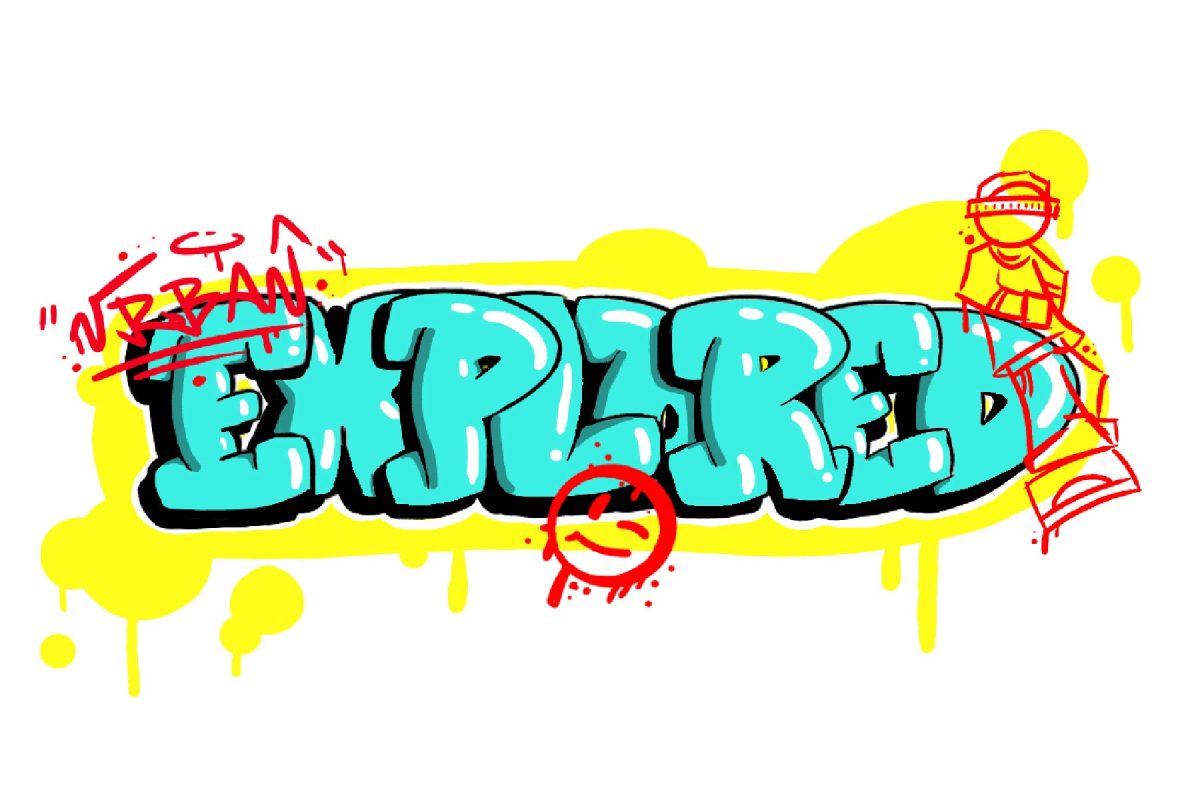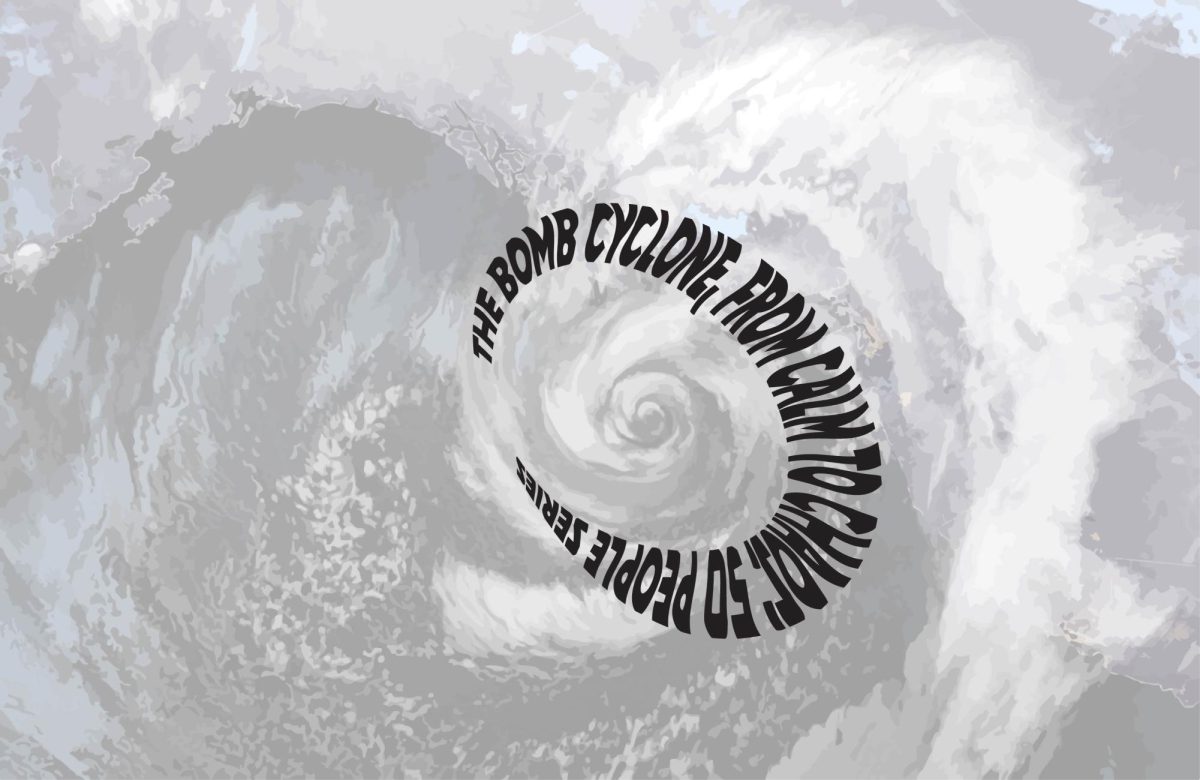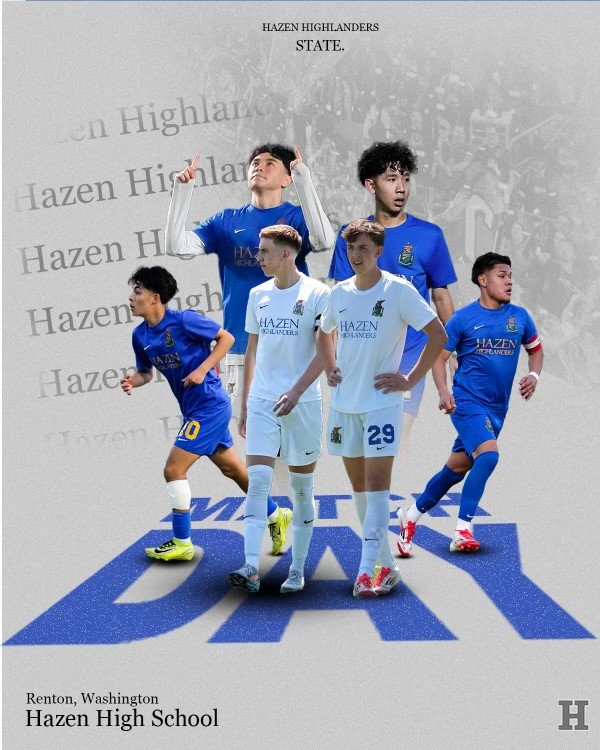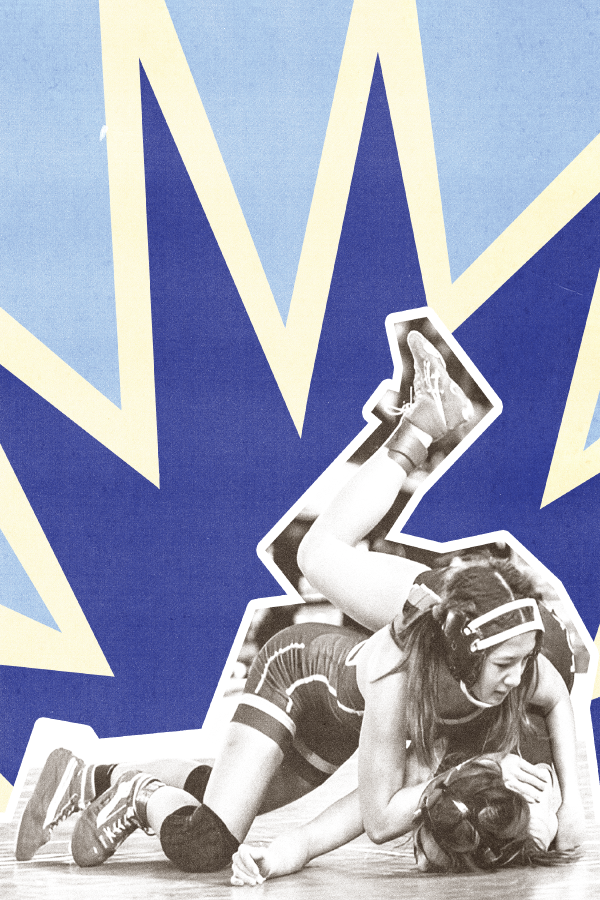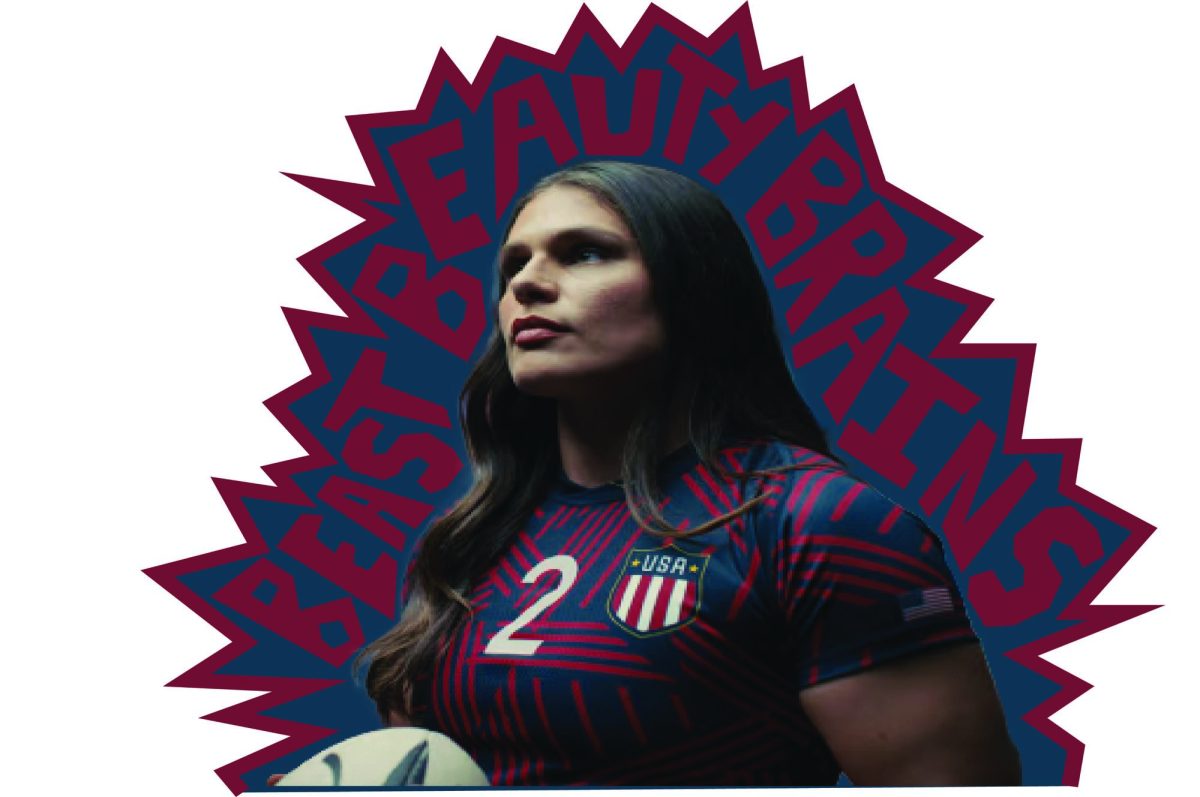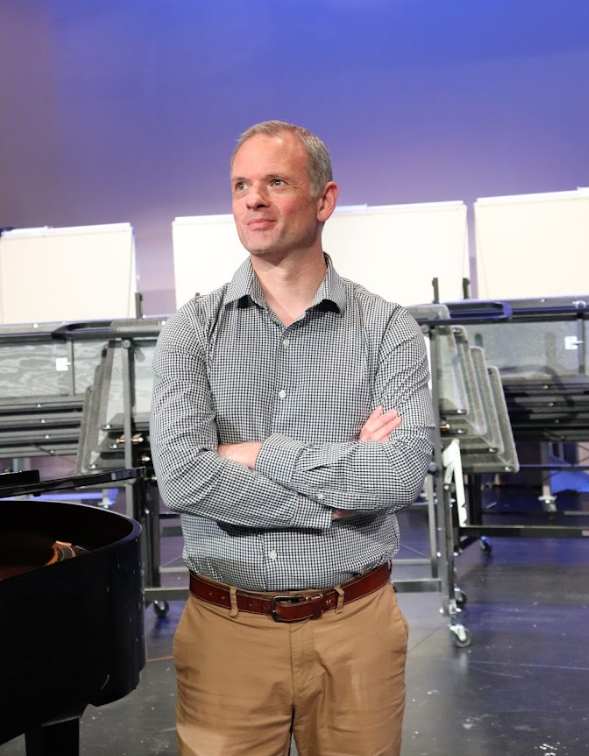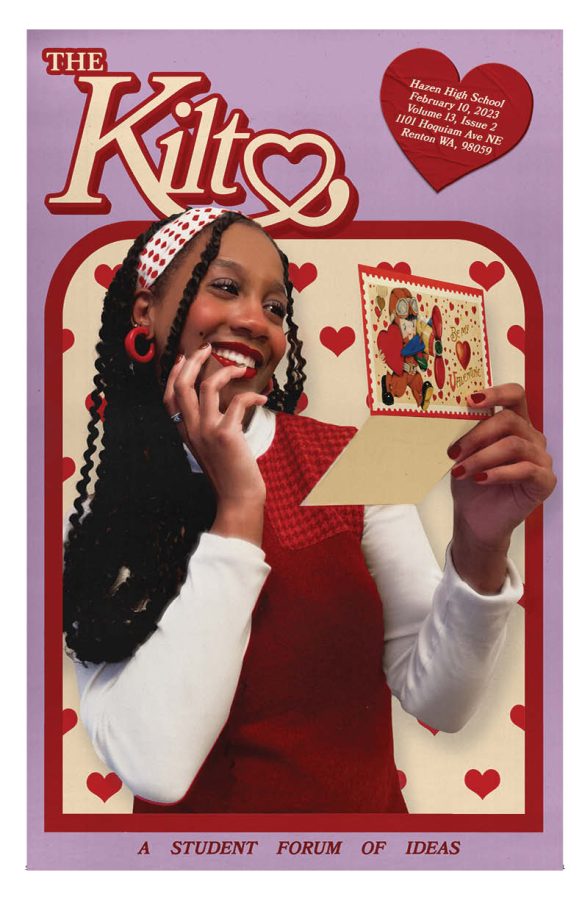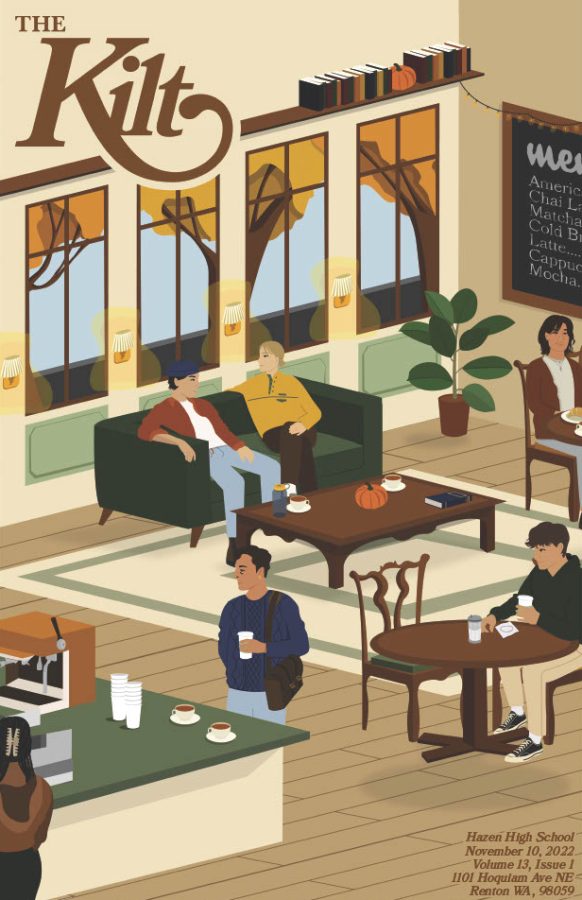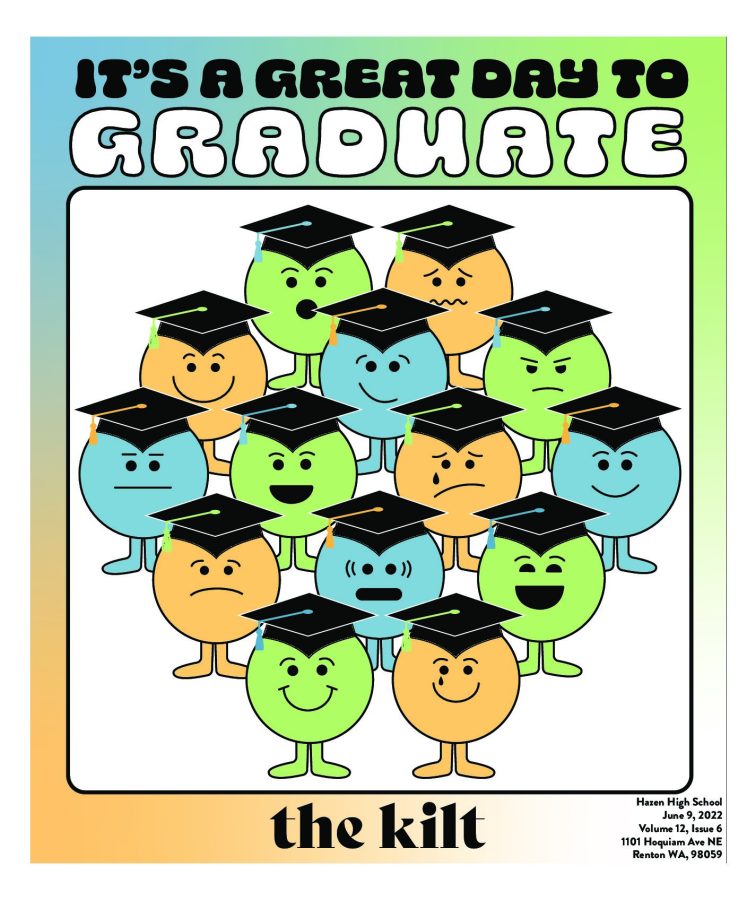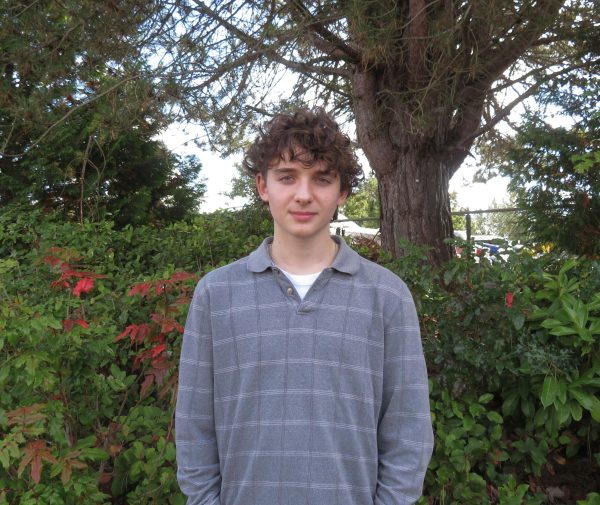For music films, Stop Making Sense is widely regarded as one of those unrivaled masterpieces that has transcended its genre. Directed by Honathon Demme and built around David Byrne’s and the Talking Heads eccentric genius, the 1984 film is no particular concert recorded live for the cameras; it’s engineered, inspiring precision makes it one of the greatest concert films ever, and by doing so, changed artists’ and filmmakers’ conception of performance, and narrative.
All concert films are films of excess-yelling fans, pyrotechnics gone wild, and sweeping over-the-shoulder shots that try to capture the enormity of the live event. Stop Making Sense reverses this. It starts off slowly, David Byrne steps out onto an empty stage alone, boom box and guitar in hand. No introduction, no flash of light, just a man. “Hi, I got a tape I wanna play.” David Byrne then places his boombox down, clicks play, and opens the concert with a legendary hit, “Psycho Killer.”
Throughout the next few songs, different members of the band hit the stage, and as the film goes on, the sounds pile on top of each other. Drums, keys, backing voices, the full assembly of sounds build off each other and add to the atmosphere of this music. The set itself is constructed piece by piece before our eyes – risers are rolled in, lights are cued, and projections are activated. The film is a sculpture being carved as we go, each thing staking out its presence across the stage, until the whole machinery of the production reveals itself. This slow-burning build is more than a neat trick–it’s a statement of the Talking Heads’ biggest creative credibility. Their music, a blend of punk, funk, new wave, and African rhythms, is reflected in the film by making the music the center of attention and not the event.
The most compelling part about Stop Making Sense right off the bat is how stripped down it is. No crowd shots, no cutaways to off-stage, no voiceover, no interviews or short interactions with the band. It’s completely stripped down to the music and just the music. We never get off the stage. Instead, Jonathon Demme’s camera remains on the performers, searching for drama in the little things: a shift of David Byrne’s shoulders, the grin on bassist Tina Wemouth’s face, the sweat and gasp of musicians giving everything they’ve got.
This focus gives the film a nearly theatrical feel. It’s less of a rock concert and more of a dance recital or experimental play. The lighting is stark, the stage design is minimal-rolling screens, bare backgrounds-but each move and cut is calculated to a tee. Byrne’s direction, pushing toward twitchy, stylized choreography, borders on the ridiculous and the sublime. When he dons the infamous giant “big suit” for “Girlfriend Is Better,” it’s both silly and deep. The suit is a metaphor for identity, ego, and the absurd scale of American capitalism. But it never gets heavy-handed. It’s art that dances- and does so- with its own self-awareness.
Jonathan Demme’s direction of the film is at the heart of its enchantment. Praised for his ability to shoot human feelings close up and with a warm understanding, Demme exercises a similar humanity towards music. Rather than cutting randomly, he holds shots, letting the performers breathe. He hears the rhythms of the band and lets the film move with them. The result is captivating. You’re not just watching the show, you’re inside it.
When Stop Making Sense originally opened, it was met with widespread critical acclaim. Critics called it “the greatest concert film ever made,” and it’s held that title ever since. But more importantly, perhaps, its influence has spread outward over the years and through generations of musicians, filmmakers, and visual artists. Artists like Beyonce, Radiohead, and Kanye West have all taken inspiration from the film; its embracing of minimalism, and its definition of performance as an art has popularized the idea that a concert does not necessarily have to have to be a live concert, but instead could be a cinematic experience of narrative and artistic point of views.
Stop Making Sense is more than a film about a band performing at the peak of their career. It’s a blueprint for what happens when artists and directors recognize live performance for more than just the music, but for its artistic value as well. With that, though, the music is at its peak. In a world where so much media feels disposable, Stop Making Sense endures, not because it tries to be timeless, but because it captures something deeply human. It’s a celebration of creativity, of reinvention, and of letting go of and letting movement and sound carry you. It doesn’t just document a performance, it becomes one.



